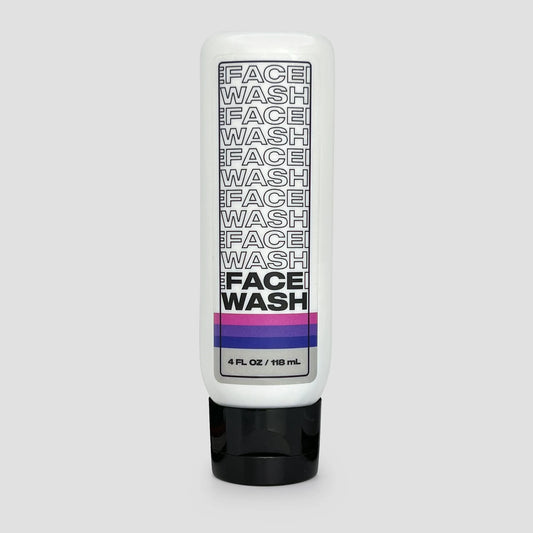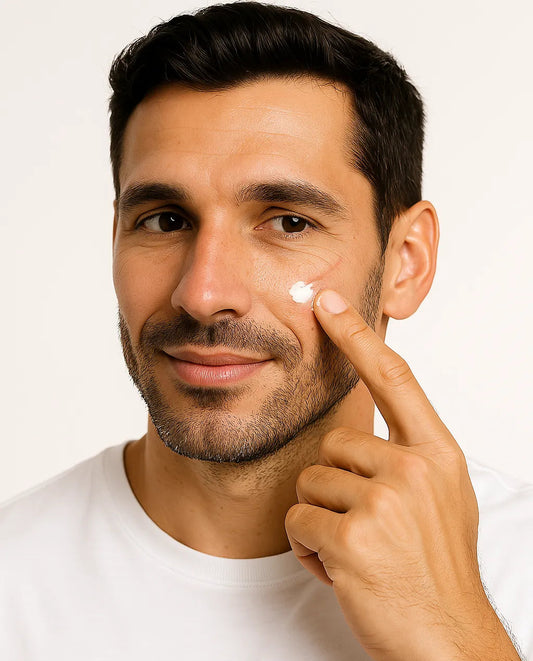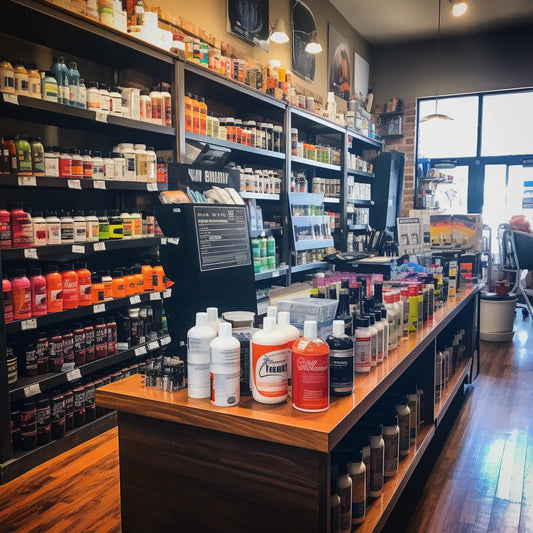

Are you an athletic guy who loves pushing yourself to the limit in intense CrossFit workouts? If so, you know how important it is to prioritize recovery to maintain peak performance and prevent injuries.
In this article, we'll explore active recovery workouts specifically designed for CrossFit athletes like you. These workouts will help you enhance mobility, reduce muscle soreness, and optimize your overall fitness level.
Ready to take your recovery game to the next level? Read on to discover five effective active recovery workouts that will supercharge your performance and leave you feeling refreshed and recharged.
What is Active Recovery and Why is it Important?
Active recovery refers to engaging in low-intensity exercises or movements to promote blood flow, release tension, and aid in the recovery process. It helps to flush out metabolic waste, reduce inflammation, and enhance tissue repair.
How Can Active Recovery Benefit CrossFit Athletes?
As a CrossFit athlete, your body constantly undergoes intense workouts that create micro-tears in your muscles. Active recovery workouts help facilitate muscle repair, improve flexibility, and prevent imbalances that can lead to injuries.
How To: Incorporate Active Recovery into Your Routine
Before diving into the active recovery workouts, here's a step-by-step guide on how to incorporate them into your regular training routine:
1. Schedule Active Recovery Days
Designate specific days for active recovery in your training schedule. Find a balance between intense workouts and recovery days to give your body the rest it needs.
2. Choose Low-Impact Activities
Opt for exercises that don't put excessive stress on your joints, such as swimming, cycling, or yoga. These activities promote blood flow without causing additional muscle damage.
3. Focus on Mobility and Flexibility
Include exercises that target mobility and flexibility, such as foam rolling, stretching, and dynamic warm-ups. These movements help improve range of motion and prevent muscle tightness.
4. Listen to Your Body
Pay attention to how your body feels during active recovery workouts. If you experience pain or discomfort, modify the exercises or take a rest day to avoid further injury.
5. Stay Hydrated and Fuel Your Body
Hydration and proper nutrition play a crucial role in recovery. Drink plenty of water and consume nutrient-rich foods to support your body's repair processes.
6. Sleep and Rest
Adequate sleep and rest are vital for recovery. Aim for a consistent sleep schedule and prioritize quality rest to allow your body to recover and recharge.
7. Gradually Increase Intensity
As you become more comfortable with active recovery workouts, you can gradually increase the intensity or duration. Adapt the workouts to your fitness level and goals.
Are Active Recovery Workouts Suitable for Beginners?
Yes, active recovery workouts are suitable for beginners as well. They offer a gentle and effective way to introduce your body to movement and help you recover from intense workouts.
Can Active Recovery Help Prevent Injuries?
Absolutely! Active recovery workouts improve blood circulation, increase flexibility, and help correct muscle imbalances, reducing the risk of injuries and keeping you in peak physical condition.
Boost Your CrossFit Performance with Active Recovery Workouts
Integrating active recovery workouts into your training routine is a game-changer for any CrossFit enthusiast. By dedicating time to recovery, you'll enhance your overall fitness, prevent injuries, and achieve new levels of success.
Remember, recovery is just as important as the high-intensity workouts. Give your body the care it deserves, and you'll reap the rewards in your CrossFit journey.
Key Takeaways:
- Active recovery promotes blood flow and aids in muscle repair.
- Incorporate active recovery workouts into your routine for optimal results.
- Choose low-impact activities, focus on mobility, and listen to your body.
- Active recovery benefits both experienced CrossFit athletes and beginners.
- Priority should be given to proper hydration, nutrition, sleep, and rest.










